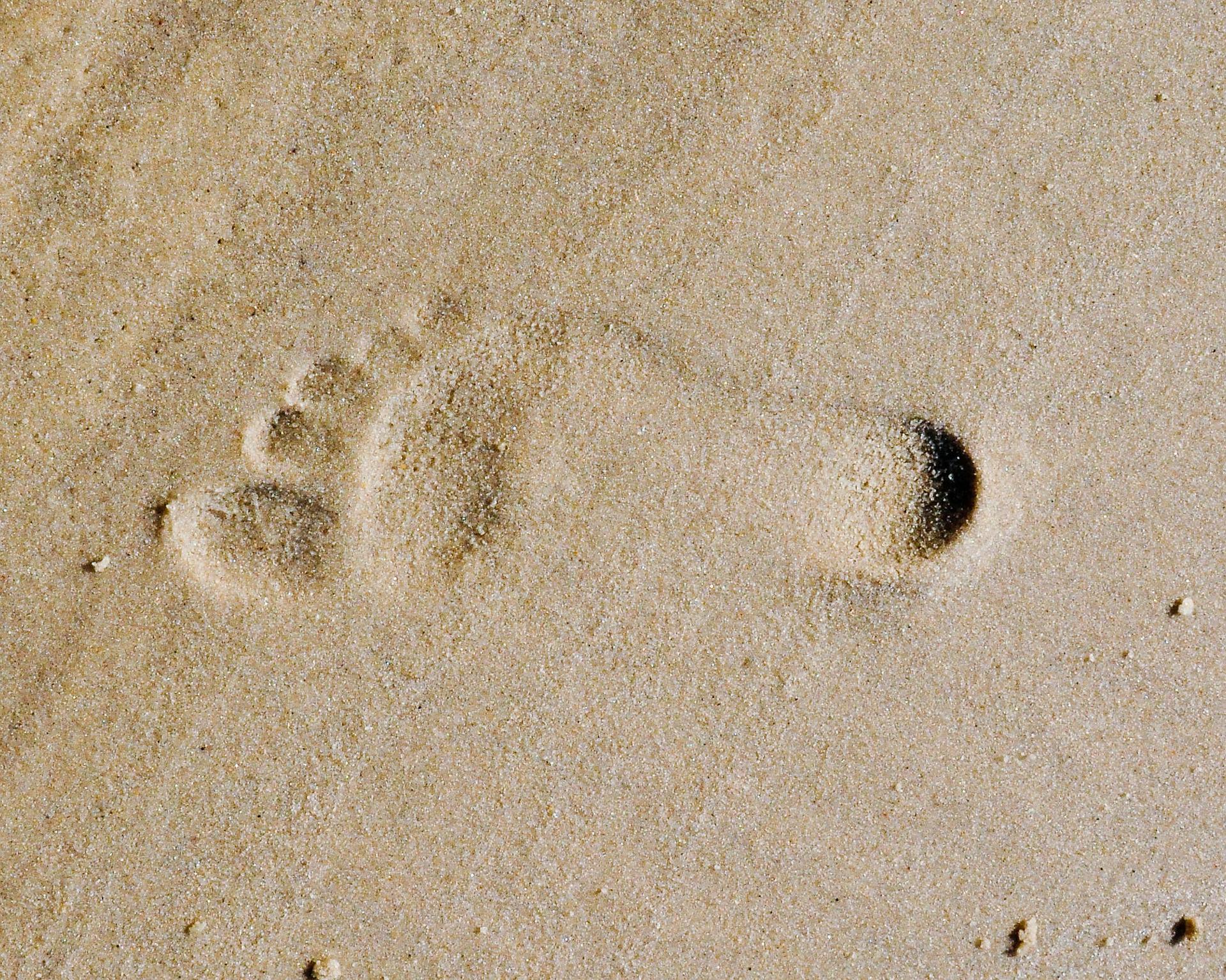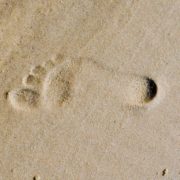How I Know That I Will Live to 112 1/2. No – It’s Not the Broccoli!

Image by 185128 from Pixabay
Such good news.
Isn’t it incredible? So much helpful news proliferating online with newly discovered answers to long-standing mysteries about our bodies and our health?
Like the significance of standing on one foot.
Seriously, who woulda thunk it?
Your ability to stand on one foot may be a predictor of how long you will live.
Whaaa?
In my incessant wandering, I stumbled into an article on Yahoo!News that has renewed my confidence in getting to 112 1/2. (For you new readers, that’s an insane goal I set at age 75 because I wanted to have 1/3 of my life left to do some catching up. I’ll let you do the math.)
Can you stand on one foot? A study suggests this simple task may predict how long you’ll live.
It appears that a group of under-employed Brazilian medical researchers has penetrated a new frontier by discovering that, and I quote: “Unlike aerobic fitness, flexibility and muscle strength, balance tends to be preserved until the sixth decade of life, after which it wanes precipitously,”
Excuse me? Haven’t we known that for, like, decades maybe? When you are busy burning down rainforests, I guess news like this is late to get to Rio.
So what does this have to do with my admitted insane goal of living to 112 1/2?
I’m going to do some serious (fantasy?) extrapolating here. Track with me for a second.
Testing the edges of medical science!
The researchers tested over 1,700 folks with an average age of 61 (range 51-75) of varying weights, BMI, height, and who could all walk steadily. They asked them to stand on one foot for 10 seconds.
One in five failed the test.
10 seconds!!!!!!!
The researchers went on to note that: (bolding emphasis is mine)
“- the inability to pass the test rose with age (Duh!). In general, people who failed the test tended to be in poorer health than those who passed, with a higher proportion being obese, having cardiovascular disease and unhealthy blood cholesterol levels. Type 2 diabetes was three times more common among people who failed the test as those who passed. (Hmmm. Imagine that!)
After accounting for factors such as age, sex, BMI, history of heart disease, hypertension, diabetes and high cholesterol, the researchers found that the risk of death within 10 years was 1.84-fold higher in participants who failed the balance test.”
Perhaps that explains why we rarely see anyone standing on one foot at Carl’s Junior or Pizza Hut.
112 1/2 is within reach –
-based on this newest “science.”
Here’s the way I figure this scientific revelation plays out for me.
When I visit Lifetime Fitness on Monday, Wednesday, and Saturday, one of the 16-20 exercise routines I do is to stand on one foot.
For several years, I just did it for 60 seconds. But some months ago, I decided to stretch it a bit.
Right now, I’m up to 2 1/2 minutes with no problems, other than ankles that start barking a bit and some curious looks from fellow exercisers.
Based on this earth-shaking Brazilian research, if I’m 61 and can’t stand on one foot for 10 seconds, I have a 2x greater chance of dying in 10 years than if I could. So, since I’m 15X the minimum and I’m 80 (both true), then 112 1/2 is a no-brainer, right?
OK, don’t test me on the math.
Or the theory.
Yeah, I click-baited you a bit with all this.
I have no illusions about the fact that 112 1/2 is a pipe dream – it’s just out there as a stretch goal and as a reminder that 8-10 hours a day in a 90-degree position moving fingers only isn’t good.
Obviously, being able to stand on one foot for, let’s say, 30 or 60 seconds isn’t going to solve obesity or Type 2 diabetes. That’s cart before the horse. I have neither condition, but that’s because of things I do beyond standing on one foot. Assuredly, the fact that I can do it for 150 seconds is a manifestation of a much broader list of physical activities I undertake weekly.
My home office is replete with an adjustable kettlebell, exercise bands, and ample room for planks, stretching, and balance exercises. I use a $6.95 kitchen timer set to 55 minutes to alert me to get off my arse for 5-10 minutes every hour to walk outside or do one or more of the aforementioned. I’m successful with that routine about 50-75% of the time.
James Clear reminds us in his book “Atomic Habits”:
“Goals are good for setting direction, but systems are best for making progress. Environment is the invisible hand that shapes human behavior.”
Goals? Check
Systems? Check
Environment? Check
Discipline? Oops!
I know I can get better – we all can. Maybe even get up to 200 seconds but that won’t accomplish anything other than ego-stroke and bragging rights. The getting better part is to have the commitment to a process and the discipline to stick with it.
The test failure is simply a glaring exposure of the poor state of health amongst aging citizenry, be they Brazilian or American. I suspect a comparable group of Americans would do no better – probably worse.
Try it.
If you can walk steadily and fail this test, time to start a process. Any process to start, so long as it gets you moving, building some muscle mass (especially leg strength), and improving your balance.
You’ll be grateful those Brazilian researchers didn’t have enough things to fill their days.





Leave a Reply
Want to join the discussion?Feel free to contribute!